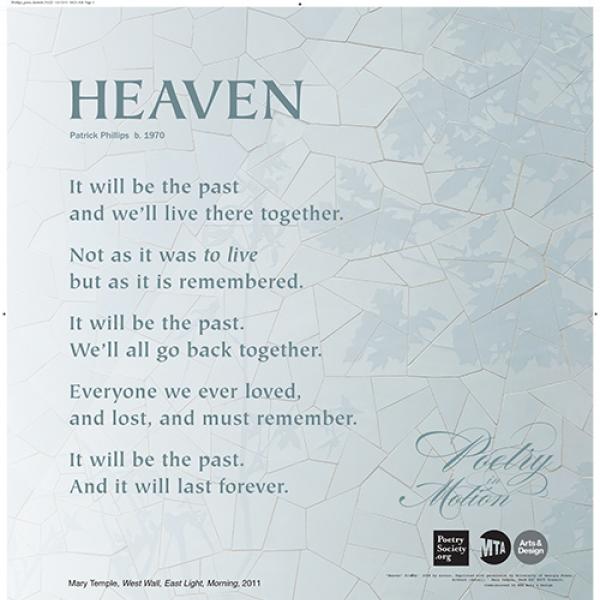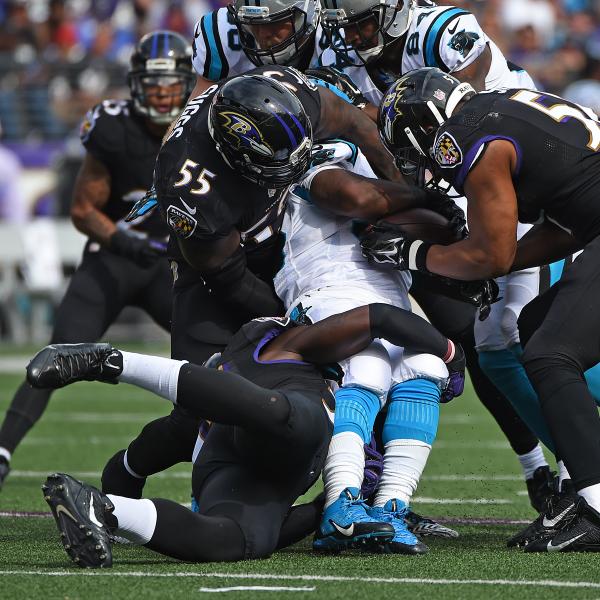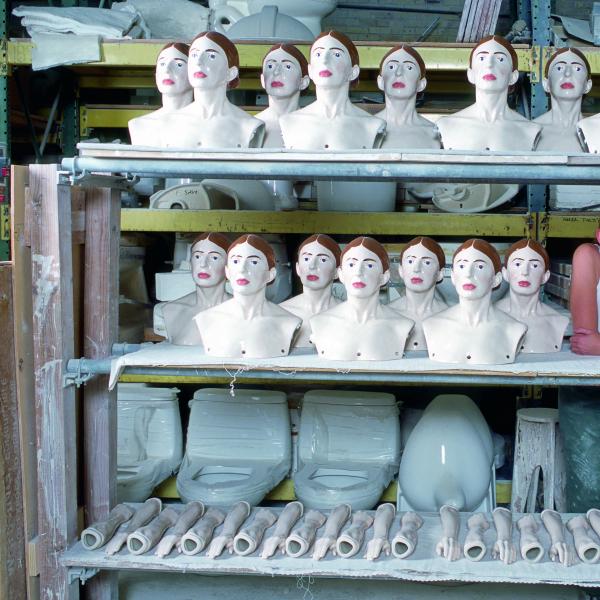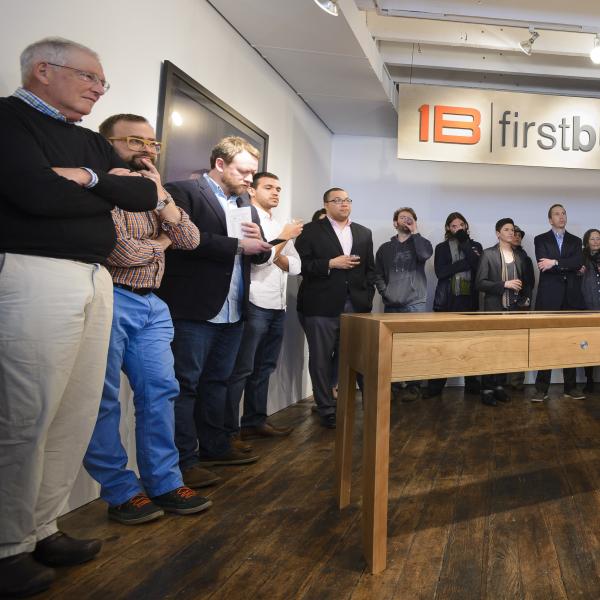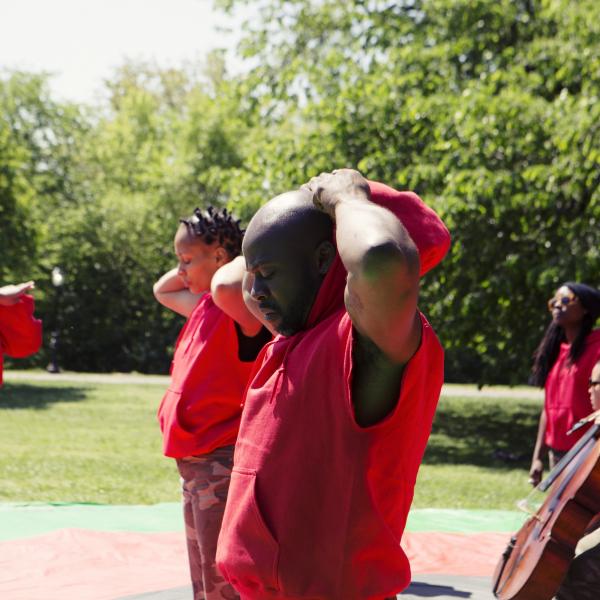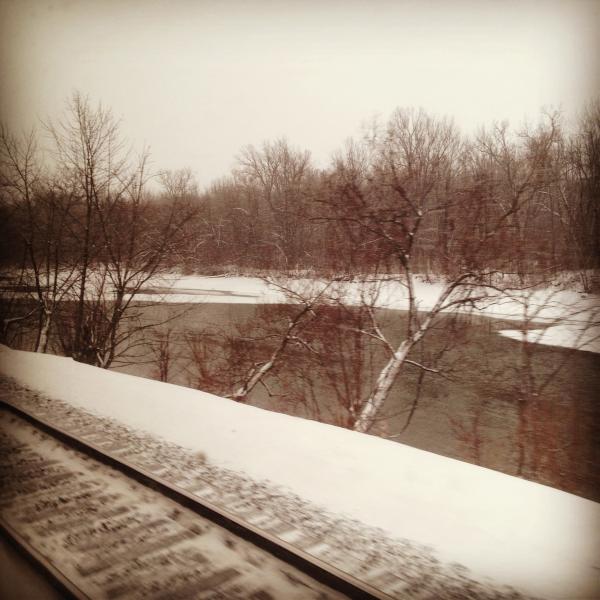From Field to Canvas
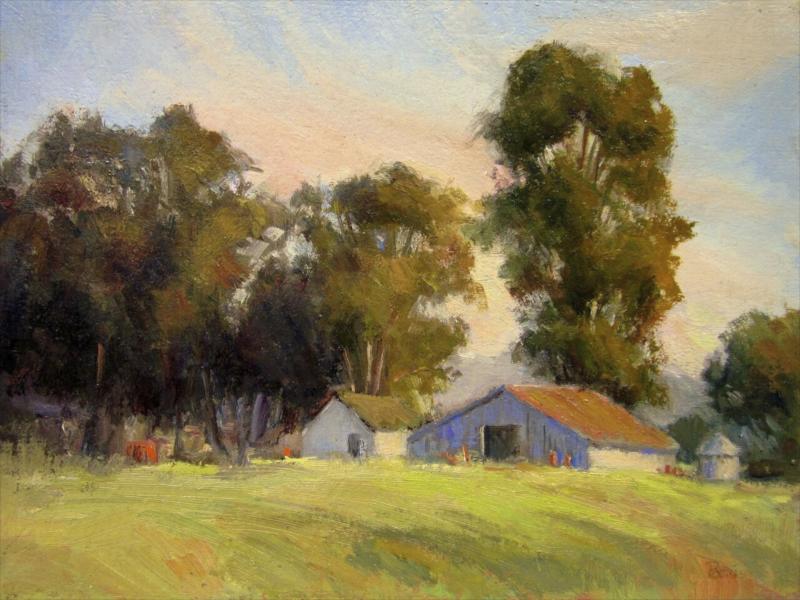
Frank Muller has agriculture in his blood. He was raised on a farm, and now runs Muller Ranch in Yolo County, California, northwest of Sacramento, with his two brothers, son, and nephew. The ranch boasts several thousand acres of walnut groves, sunflowers, vineyards, tomato fields, almond trees, and pepper plants. But despite his close ties with the landscape and all it produces, he said the inherent beauty of his farmland once escaped him. “I've been to the finest art galleries all over the world,” he noted, “but when you look at these Impressionist paintings of Paris and the countryside, I never thought that our farms in our area could look like that.”
Through his involvement with Art and Ag, a project of NEA grantee YoloArts, his line of sight has shifted. For the past decade, Art and Ag has invited farmers to open their land to local artists, providing unique opportunities to capture private landscapes that would otherwise remain inaccessible and unseen. In turn, money raised through art sales goes toward preserving the farmland of Yolo County, which boasts 255,000 acres of what is considered to be prime farmland.
The interaction has proven to be mutually beneficial. “From a farmer’s standpoint, we’re able to honor what they’re doing, help them tell their story about the value of the land,” said Danielle Whitmore, executive director of YoloArts. Meanwhile, artists gain a new creative outlet and a greater sense of where they live.
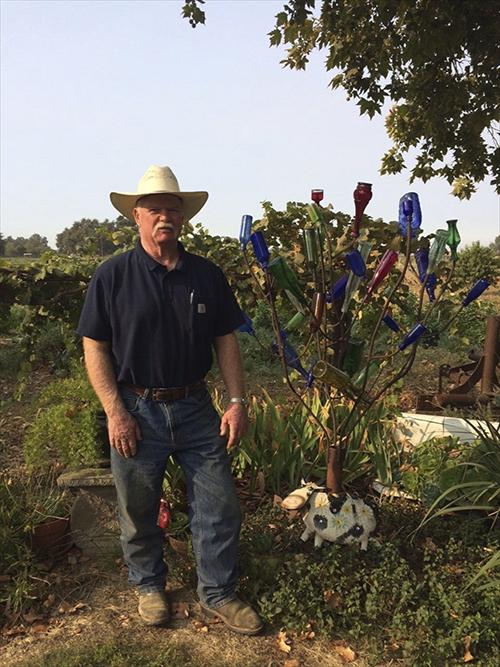
|
For artist Rebecca Ryland, “it’s almost like a religious experience to get outside and get up in the hills.” She began to participate in Art and Ag after moving from Montreal, and noted that the program became an ideal way to form a connection with the cultural community, the land, and the people who worked it. “I think a lot of landscape painters have respect for or an interest in agriculture as subject matter,” she said. “But I think now almost all of the artists know a lot more about the people and about what they do, and that might change their art.”
As it turns out, this change in perspective is infectious. By sharing their artwork with the subject matter’s proprietors, artists have a rare opportunity to reach a uniquely pertinent audience. “I might walk by and say, ‘I’ve got to get rid of that pile of junk,’” said Muller, who now serves as a liaison between artists and farmers for Art and Ag. “And [artists] paint it and turn it into something that's a work of art rather than a mess. They have a different way of looking at things, and it's helped me look at my farm differently than I normally have.”
The program began in 2004 when Annie Main, owner of the organic Good Humus Farm, was raising funds to turn her farm into a conservation easement, meaning her land would be preserved as farmland for perpetuity and protected from developers. As part of her fundraising efforts, she invited local artists to her farm for a morning of painting, with the understanding that the artwork created that day would be auctioned off at a special dinner under the apricot trees. Over a champagne lunch Main had prepared for the artists as a thank you, the group realized that this could be the start of something much larger.
Main began to organize planning meetings, which she said were initially difficult as artists and farmers sought to find common ground. But eventually, it felt like a “no-brainer,” and the relationships formed between the artistic and agricultural worlds proved strong enough to carry the program forward. “Those collaborative ties—that’s what makes community community,” said Main. “Ideas are easy, but it does take the community to make it go.”
Main informally ran the program herself before handing management over to YoloArts, where it would enjoy new opportunities for growth and funding. Today, Art and Ag maintains much of what Main had first envisioned. Every month, 30 or so artists visit a selected farm in Yolo County; in total, an estimated 300 artists and 70 farms have participated in the program to date. Typically, the proprietor introduces artists to his or her land and agricultural philosophy before letting them roam and create. Throughout the day, artists have an opportunity to learn about the growing process, while farmers are able to experience the artistic process firsthand. Muller said it can be an eye-opening experience for both.
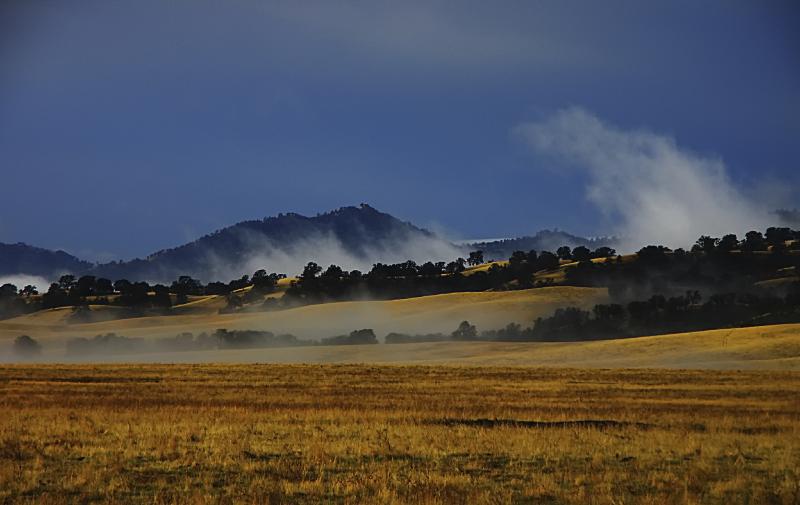
|
“In one case, the farmer spent 15 minutes telling [artists] what they couldn't do,” remembered Muller. “Ten minutes later he was opening up gates and had his arm around artists walking them through areas that he told them were off-limits. It brings out something in farmers. When they see that someone's appreciating their farm or their ranch, it clicks a switch in them. It's really amazing, the whole process.”
Main’s original mission for land preservation has also remained intact. Every November, work created during, or inspired by, these farm visits is auctioned at Art Farm, an annual celebration hosted by YoloArts that brings together artists, farmers, community members, and local food and wine vendors. This year, the event featured work from 65 regional artists and snacks from nearly two dozen local farms and vineyards, providing valuable exposure for both groups.
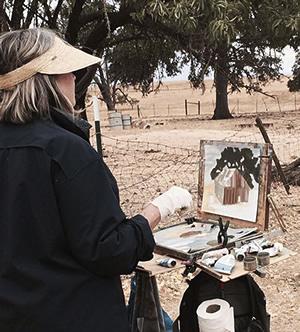
|
Part of the $35,000 raised will go to the Yolo Land Trust, which has preserved 11,000 acres of farmland through easements since it was founded in 1988. Yolo Land Trust is a fitting beneficiary, said Whitmore, as art can also be a vehicle for preservation.
“Part of the benefit of this program is that we have this historical, visual retrospective of our county,” said Whitmore. Referencing the drought that has recently plagued California, she said, “These last couple of years will be ones when the visual images will be different. They'll be brown. I think it's that historical piece that is visually really impactful.”
Last spring, with funding from the California Arts Council, YoloArts launched a new spin-off of Art and Ag called Artful Plate. During Artful Plate’s three-week period, participating restaurants served special, locally sourced meals inspired by handmade artists’ plates, which were in turn inspired by Yolo County’s agricultural landscape.
With this new program, which will return this spring, “Not only are we talking about farms, but we’re talking about what the farmers are creating—the produce,” said Whitmore. “So we’ve taken it to the next level of creativity—the culinary side—while using the produce that the farmers are preparing.”
The organization has also helped bring culinary creativity and its associated health benefits to the younger set. As part of the Yolo County Farm to School movement, YoloArts collaborated with the county’s agricultural department to design a nutrition guide for school cafeterias, which included recipes using local produce, as well as artwork from Art and Ag participants.
“There are so many connections,” said Janice Purnell, manager of the Art and Ag project for YoloArts, as she spoke about the relationship between art and agriculture. “You wouldn’t think there’d be but there are a million connections.”
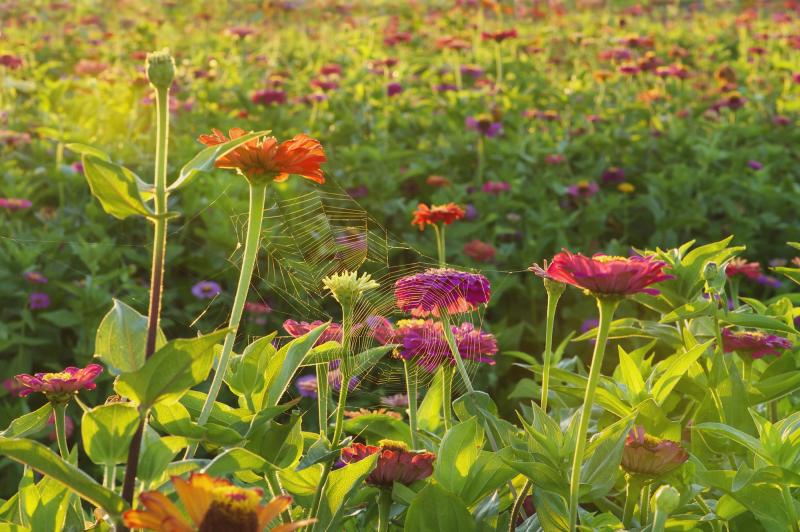
|
Perhaps this isn’t surprising given that agriculture, like art, is itself an act of creation. At its essence, it is the process of taking raw soil and transforming it into orchards, plant beds, gardens, and food. It requires an intimate knowledge of medium, tools, and technique to achieve the ideal tomato, avocado, or wine grape—each of which can be a multisensory masterpiece in its own right.
It’s a concept that rings true with Frank Muller. “I tease my artist friends, ‘We do the same thing. We just have a bigger canvas.’”


